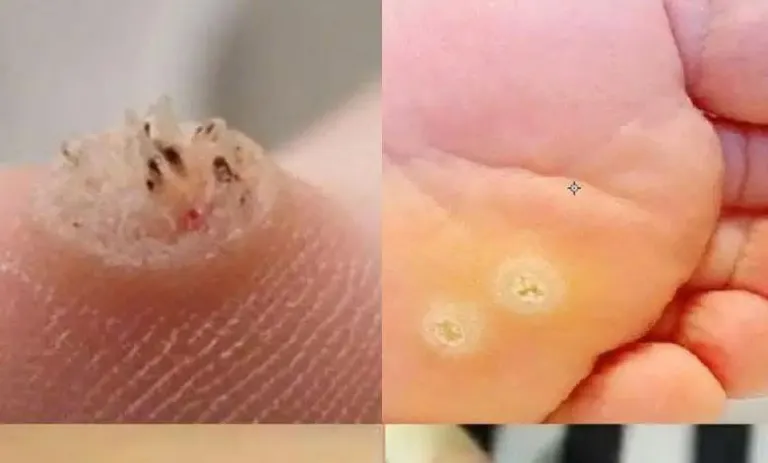Most of us have moles, freckles, and skin spots — usually harmless. But sometimes, small changes can signal something more serious, like melanoma or other skin cancers. The good news is that when caught early, most cases are highly treatable. Awareness, self-checks, and regular dermatologist visits make all the difference.
Melanoma begins in pigment-producing cells and, while less common than other skin cancers, is more dangerous because it can spread quickly. Each year, over 100,000 new cases are diagnosed in the U.S., yet survival rates exceed 99% if caught early. That’s why doctors emphasize the ABCDE rule: watch for moles that are Asymmetrical, have irregular Borders, show multiple Colors, grow larger than 6mm in Diameter, or are Evolving in shape or symptoms.
Other warning signs include new spots, sores that don’t heal, unusual bleeding, shiny bumps, scaly patches, or persistent numbness or pain. Risk is higher for those with heavy UV exposure, fair skin, family history, or numerous moles—but anyone can develop skin cancer, regardless of skin tone. Protection means daily sunscreen, hats, protective clothing, avoiding tanning beds, and scheduling yearly skin checks.
The goal isn’t fear, but awareness. Most skin cancers don’t hurt at first, so paying attention is key. Real health means noticing changes early and acting with care. Next time you’re getting ready in the morning, pause and ask yourself: Has anything changed? That small moment of attention could save your life.




